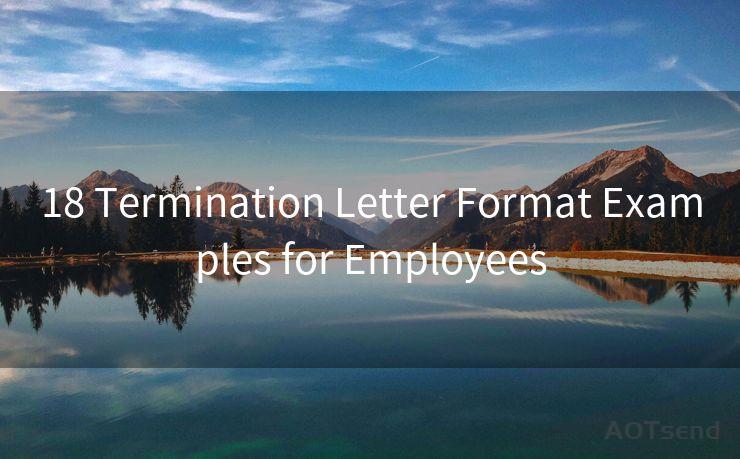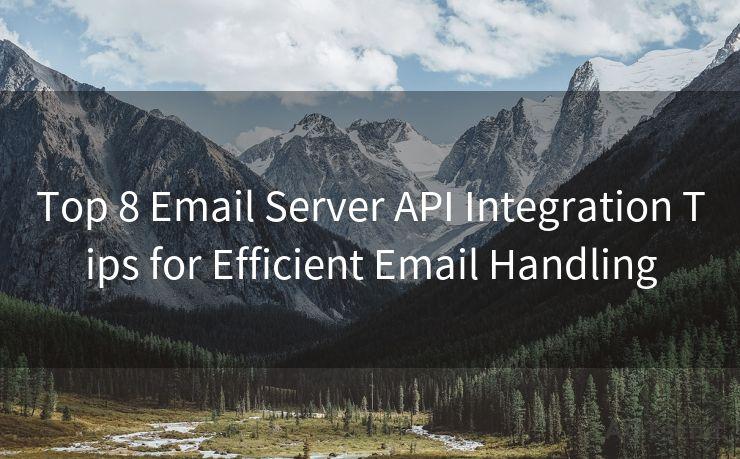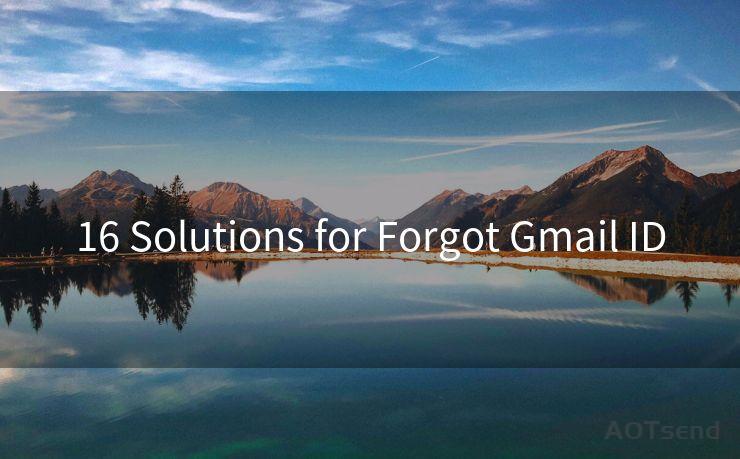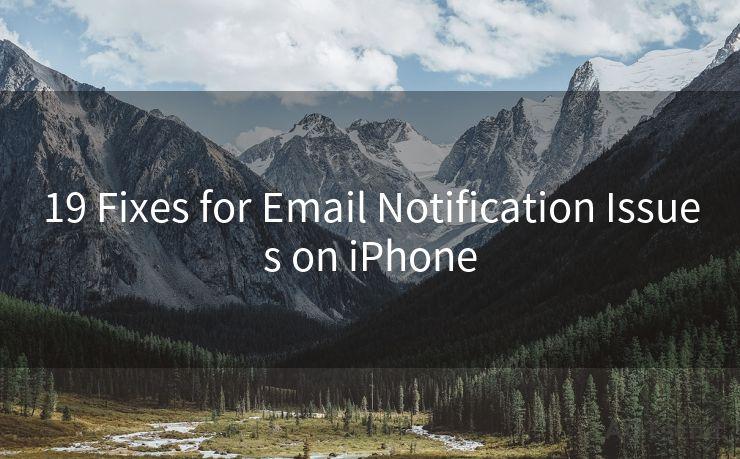18 Email Form Template Design Best Practices




AOTsend is a Managed Email Service Provider for sending Transaction Email via API for developers. 99% Delivery, 98% Inbox rate. $0.28 per 1000 emails. Start for free. Pay as you go. Check Top 10 Advantages of Managed Email API
When it comes to creating an effective email form template, design plays a crucial role. A well-designed form not only enhances user experience but also boosts conversion rates. Here are 18 best practices for designing email form templates that will help you achieve these goals.
1. Clear and Concise Layout
The layout of your email form should be clean and uncluttered. Avoid unnecessary elements that might distract users from the main purpose of the form.

2. User-Friendly Fields
Ensure that form fields are large enough for users to easily input their information. Labels should be clear and placed close to their respective fields for quick reference.
3. Intuitive Flow
Design the form in a way that guides users through the process intuitively. The order of fields should make sense, with the most important or required information requested first.
4. Minimize Required Fields
Only ask for essential information. Too many required fields can discourage users from completing the form.
5. Validation and Error Handling
Implement real-time validation to ensure data integrity. Clear and constructive error messages help users quickly correct any input mistakes.
6. Responsive Design
Make sure your email form is mobile-friendly. A responsive design ensures that the form displays correctly on different devices and screen sizes.
7. Clear Call to Action
The submit button should be prominent and clearly labeled, indicating the next step for the user.
8. Privacy and Security
Include trust signals like SSL certificates and privacy policy links to assure users that their information is safe.
9. Accessibility
Design forms with accessibility in mind. Use high color contrast, provide alt text for images, and ensure compatibility with screen readers.
10. Pre-fill Options
Offer pre-fill options based on previous user data, if available, to speed up the form-filling process.
11. Progressive Disclosure
If the form is long or complex, consider using progressive disclosure to break it into multiple steps. This approach helps users focus on one section at a time.
12. Inline Help
Provide inline help or tooltips for complex fields to assist users in filling out the form correctly.
13. Thank You Page
🔔🔔🔔
【AOTsend Email API】:
AOTsend is a Transactional Email Service API Provider specializing in Managed Email Service. 99% Delivery, 98% Inbox Rate. $0.28 per 1000 Emails.
AOT means Always On Time for email delivery.
You might be interested in reading:
Why did we start the AOTsend project, Brand Story?
What is a Managed Email API, Any Special?
Best 25+ Email Marketing Platforms (Authority,Keywords&Traffic Comparison)
Best 24+ Email Marketing Service (Price, Pros&Cons Comparison)
Email APIs vs SMTP: How they Works, Any Difference?
After form submission, redirect users to a thank you page to confirm their action and provide further instructions or information.
14. A/B Testing
Regularly test different versions of your form to see which design elements lead to higher conversion rates.
15. Use of White Space
Effective use of white space can enhance readability and make your form more visually appealing.
16. Consistent Design
Ensure that your form design is consistent with your brand identity and the overall design of your website or application.
17. Feedback Loop
Provide a way for users to give feedback on the form-filling experience. This helps you continuously improve your form design.
18. Regular Updates
Regularly review and update your form based on user feedback, analytics data, and industry best practices.
By following these 18 best practices, you can create an email form template that provides an optimal user experience, increases conversions, and strengthens your brand identity. Remember, good design is not just about aesthetics but also about functionality and usability.




AOTsend adopts the decoupled architecture on email service design. Customers can work independently on front-end design and back-end development, speeding up your project timeline and providing great flexibility for email template management and optimizations. Check Top 10 Advantages of Managed Email API. 99% Delivery, 98% Inbox rate. $0.28 per 1000 emails. Start for free. Pay as you go.
Scan the QR code to access on your mobile device.
Copyright notice: This article is published by AotSend. Reproduction requires attribution.
Article Link:https://www.aotsend.com/blog/p9266.html











